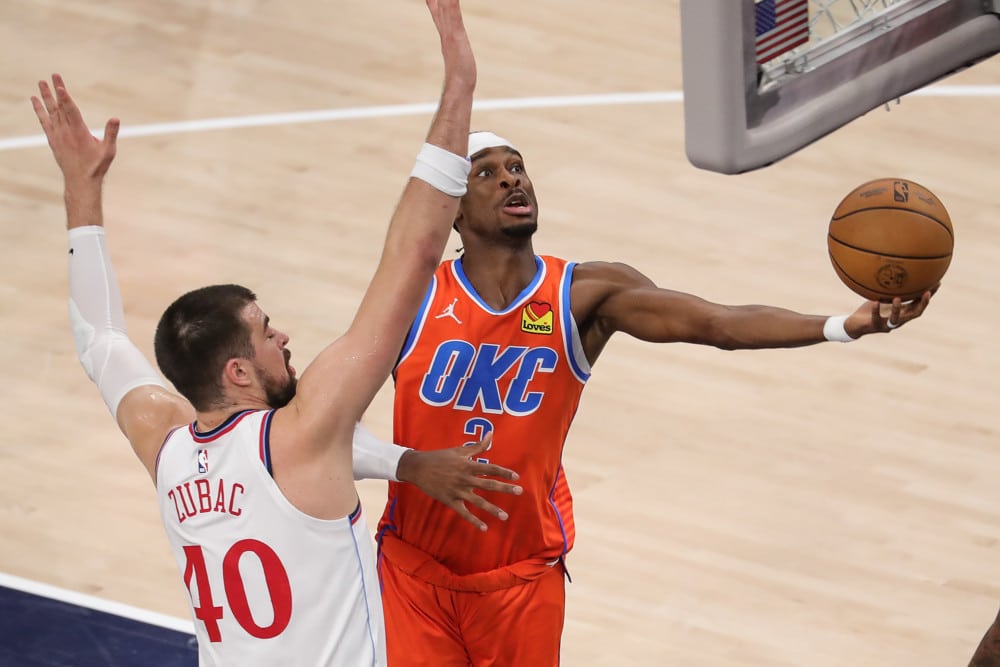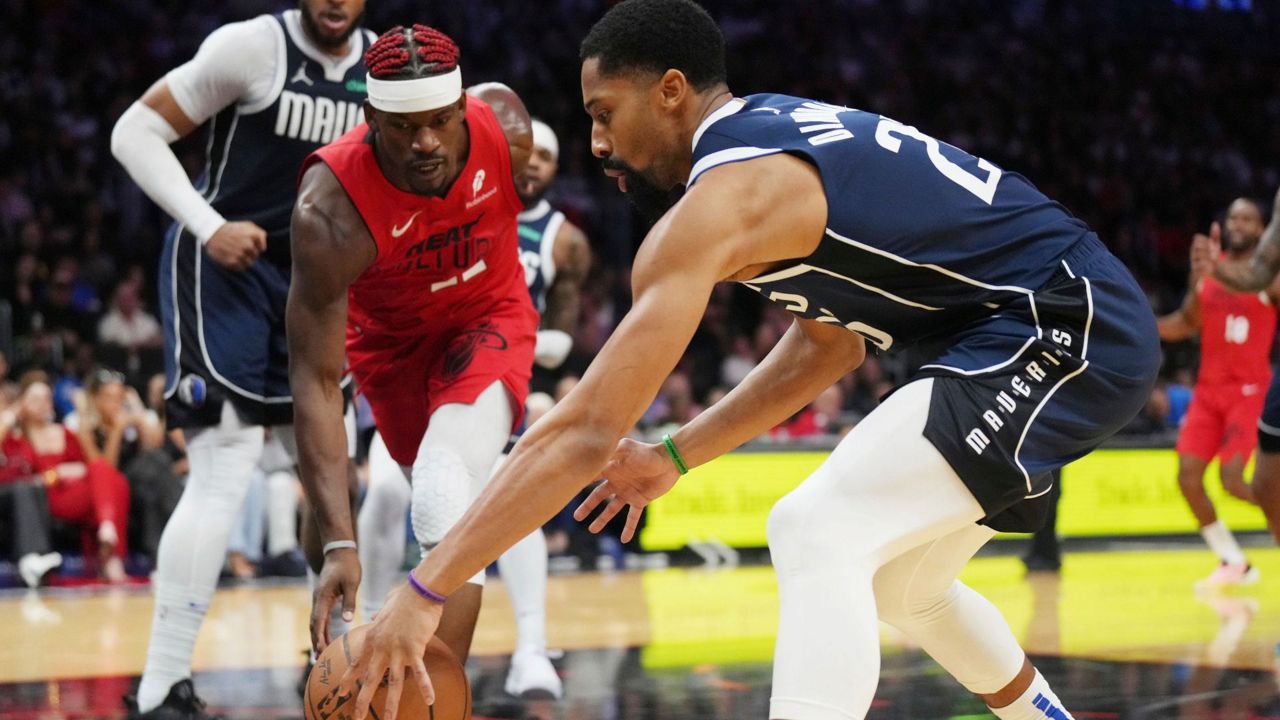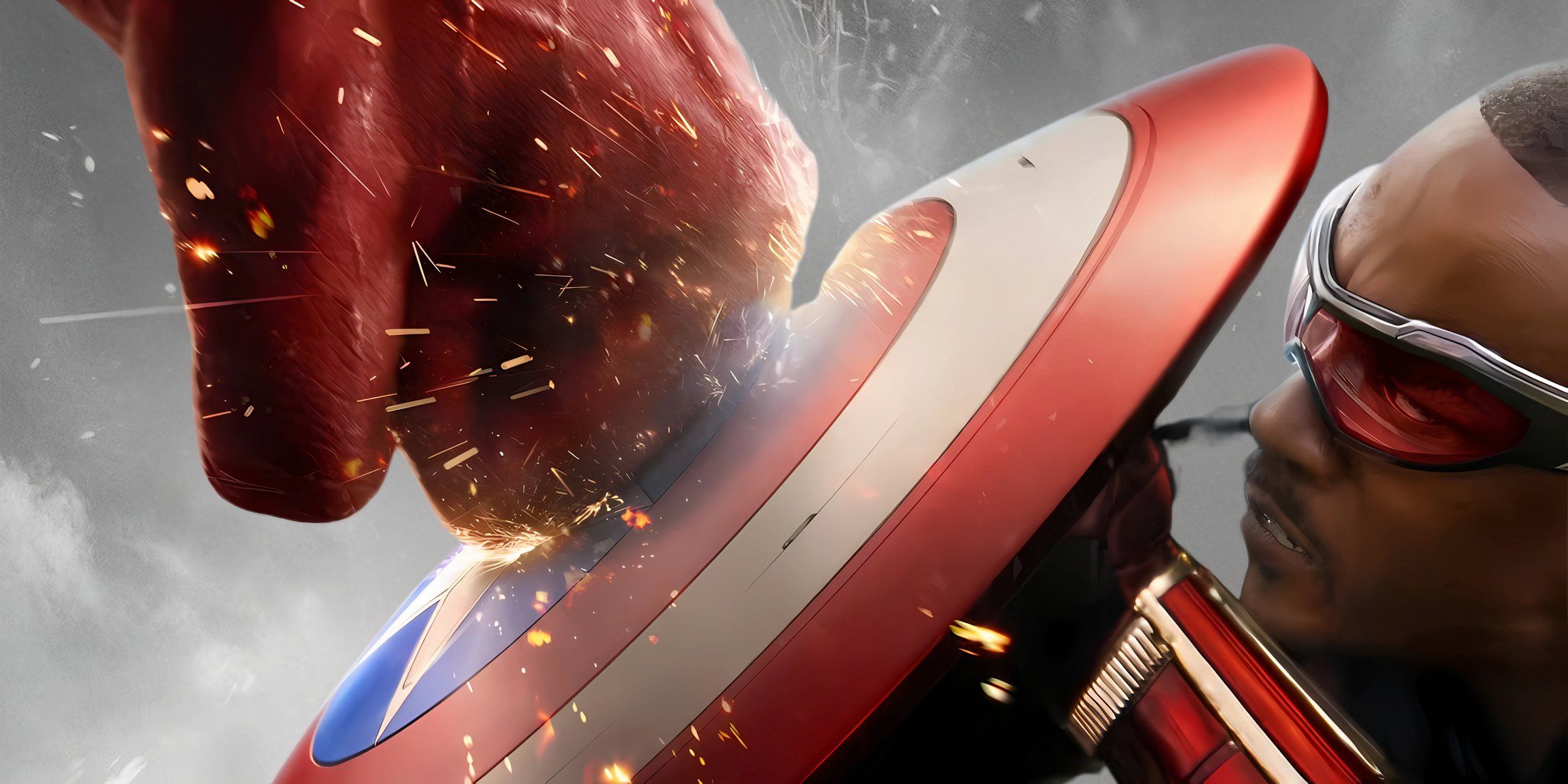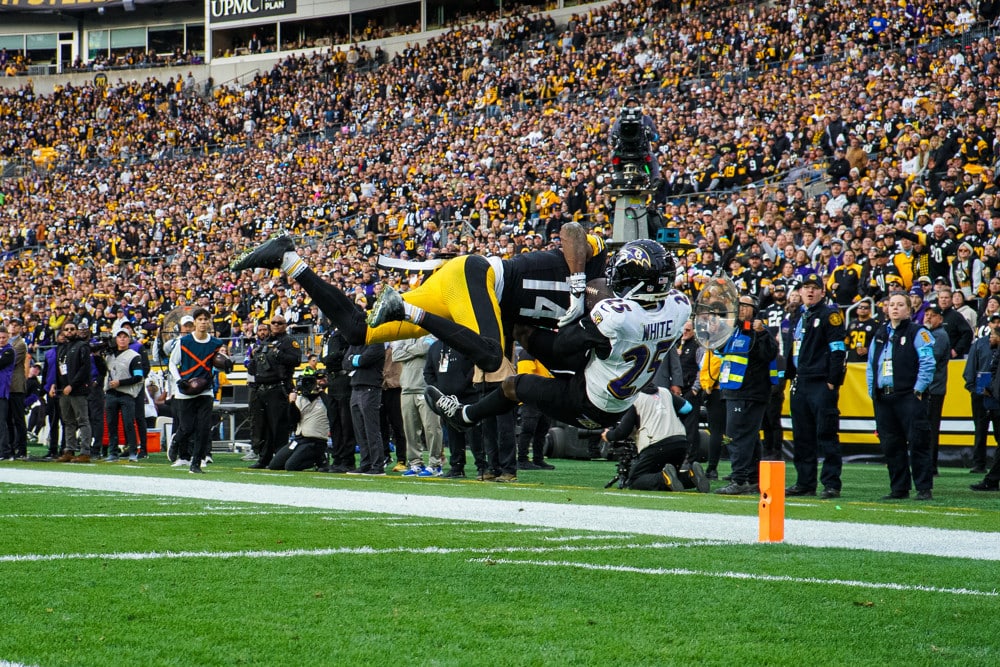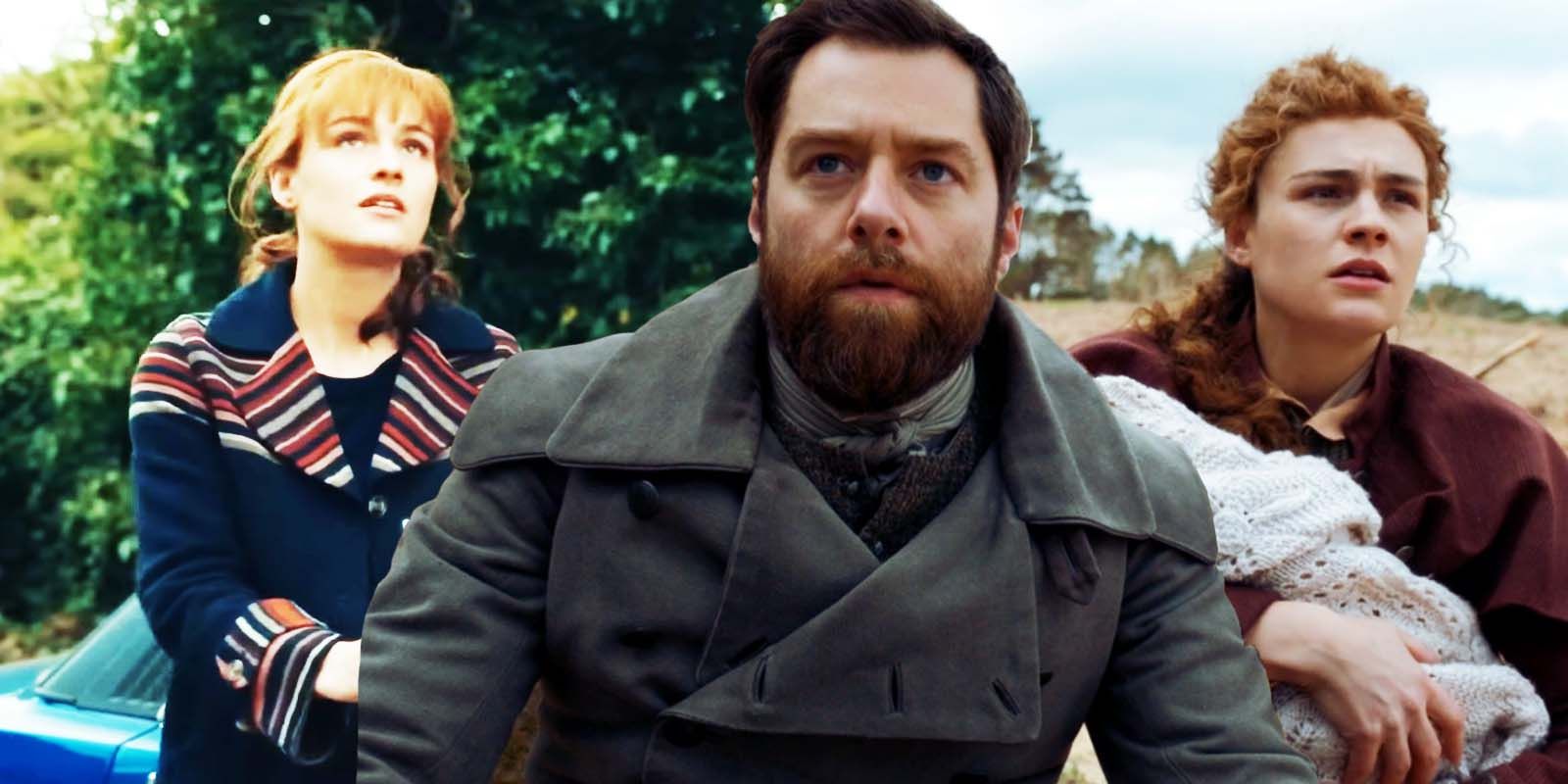Fashion
2024 fashion campaigns: why so ugly?
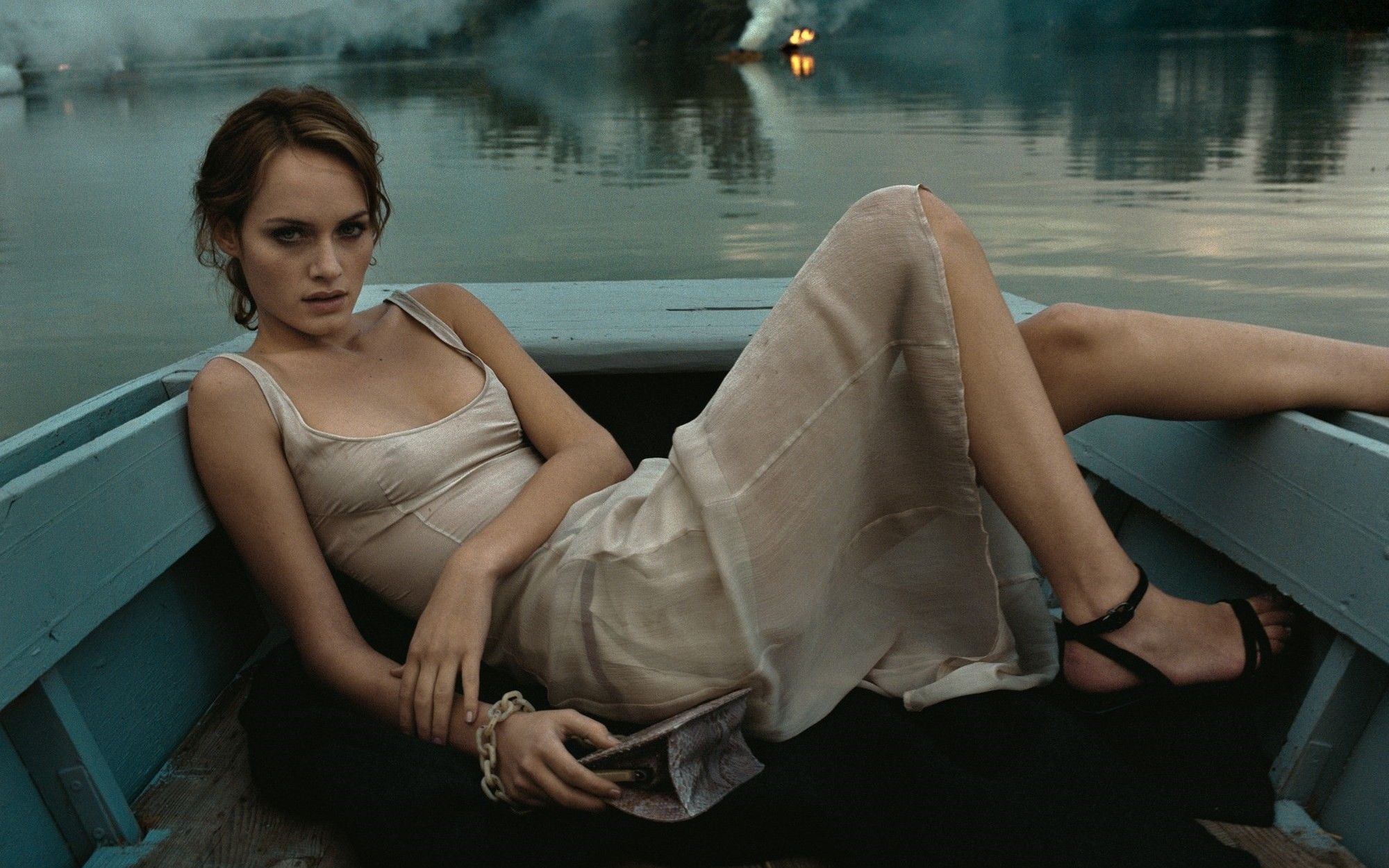
Saving money is always a good idea, but saving where it is not visible is an even better idea. It seems that it is with this in mind that several fashion campaigns in recent years have foregone settings, stories, and general creativity, settling for models sitting on a neutral background. A bit like those LinkedIn portraits where you have to look at the camera, cross your arms, and smile. A decade ago, blanding (in Italian, we might call it “stylistic homogenization”) affected brand logos, which quickly lost their fonts, accents, and parts that were too complex to be digested by the mass public; now it’s the turn of campaigns: models posing on monochrome backgrounds, logos prominently displayed, and literally nothing that might distract attention from the product. Of course, we have exceptions here and there: the latest campaigns of Dior, Bottega Veneta, Louis Vuitton, that beautiful one by Moschino, and to some extent even Kenzo’s. But for the most part, the public has had to settle for empty backgrounds, aseptic and undefined locations that look like offices, and in the most extreme cases, unassuming interiors or exteriors like pools, anonymous concrete or brick walls, bourgeois rooms with little or nothing visible, lawns. All precautions reminiscent of those budget-conscious fashion students adopt for their projects, which brands, so full of money, should not adopt. Where has the art direction gone?
The topic resurfaced thanks to both StyleZeitgeist and an anonymous substack called White trash: the death of art direction which extends the problem not only to campaigns but also to magazine editorials, where the blank background has become the equivalent of the omnipresent green screen in cinema, capable of casting an unpleasant patina of artificiality over everything. “When does the “less is more” approach to luxury image making become indistinguishable from the most average e-commerce assets?” asks the incendiary Substack article. And indeed, we have often wondered the same thing recently, especially considering how the widespread archive mania has led many, not just specialists, to resurrect old J.Crew and J.C. Penney catalogs that, without luxury bags, insanely priced clothes, and supermodel stars, managed to do the primary job usually assigned to campaigns: create an imaginary world and transport the audience into it. According to Eugene Rabkin, the process was already underway but exploded with the nonsensical controversy over the Balenciaga campaign that terrified executives of every brand so much that “Brands are now in full and constant potential crisis management mode, which results in self-censorship”. The result is the progressive removal of what, quoting critic Roman Meinhold, the journalist calls “meta-goods” or those accessory symbols that enriched a certain brand’s narrative: think of the vintage cars, motorcycles, and American scenes of the old Ralph Lauren campaigns, the slightly raunchy situations depicted in the Tom Ford’s Gucci campaigns, but also the lively art direction of the hyper-dynamic Dior campaigns in Galliano’s time.
In truth, there is a point to be made: even in the ’90s, campaigns with neutral backgrounds were common; many Versace and Chanel campaigns were like that, for example; while several vintage Armani campaigns also used somewhat undefined urban backgrounds. But those campaigns were not the default in fashion photography, and that was also a time when (painful to say) the clothes were enough to differentiate the brands – the mood was so recognizable that, even in the presence of neutral backgrounds, the poses of the models, the intimacy or distance of the shots were enough. There were also far fewer campaigns to compete with, and thus a brand like Jil Sander could afford to publish a campaign where only Amber Valletta’s face emerged from a pink damask fabric backdrop – not even a dress in sight. The same goes for Helmut Lang’s severe campaigns, which nevertheless possessed a degree of cold oddity, and those of Calvin Klein. Studio campaigns that still coexisted with “staged” campaigns that indeed immersed the clothes in realistic contexts and, even in the emptiness of the photo set, used props, poses, movements, adopted different moods and, in short, had an atmosphere. The most successful campaigns, especially those of Prada and Miu Miu, also created a sense of mystery like those referencing Psycho or The Shining, but also the spectacular one for the SS97 season where Amber Valletta was portrayed lying on the bow of a boat, surrounded by the waters of a lake and, on the shores, a forest enveloped in fires and mists.
More than presenting clothes (or rather, in addition to presenting clothes), those campaigns were born with the goal of creating strong images, even minimalist ones, but strong. Even group photos and realistic close-ups used by a brand like Comme des Garçons conveyed a story. And it’s not that those campaigns were excessively more elaborate than usual; in all eras, the goal is to do a lot with a little and save, but you notice the attention to a gesture, an expression, a relationship between the human subjects in the photo that created a narrative. Today, many of the campaign subjects, especially celebrities, appear lined up or isolated in the photograph, captured in poses that oscillate between stiff and caricatural, but all those poses that even The Guardian defines as “awkward” fail to hide the complete lack of effort in conceiving and setting up the photoshoot, betrayed by the complete nudity of the sets. For Rabkin, the problem is that “today creativity is not considered potentially profitable”, a valid consideration in an era that seems more passionate about the predictive capacity of algorithms, the synthesis of that quid that returns an always exact formula. The point is that in fashion, exact formulas are not needed; common sense is needed, but to sell everything else, personality is needed – after all, isn’t personality the symbolic good that one really buys when choosing and buying a dress?



